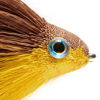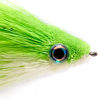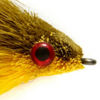FAQS
Fly-fishing flies fall into four basic categories: dry flies, wet flies, streamers, and nymphs.
- Dry flies: Anglers use these flies to fish the water’s surface. They imitate either the adult stage of aquatic-born insects such as mayflies, or terrestrial insects like grasshoppers that have fallen into the water.
- Wet flies: These flies are used below the water’s surface, either dead-drifted or on the swing. Typically, they include a soft hackle and they’re weighted to sink. They imitate insects swimming to the surface or that have been pulled into the water column.
- Streamers: Fished underwater on the swing or retrieve, streamers look the most like conventional fishing lures. They imitate minnows, crayfish, leeches, and smaller fish.
- Nymphs: Also used underwater, nymphs mimic the larval or nymphal stage of insects or aquatic invertebrates. They are most commonly fished dead-drifted, though they can be fished effectively on the swing, too.
Our most popular flies are the Clouser Minnow (saltwater), Woolly Bugger (trout streamer), and Crazy Charlie (bonefish). Our most popular dry flies are the Adams Parachute and Stimulator. The Holy Grail is the top nymph fly, and both the Sparkle Soft Hackle and Tunghead Soft Hackle Hare’s Ear are must-have wet flies.
How long a fly-fishing fly lasts depends on the fly and how much you’re fishing it. Sometimes your fly gets torn to bits on rocks and trees and you’ll have to repair it when you get back to your tying desk (or buy a new one). Other times, you’ll go through several seasons on the same fly. Well-tied flies you don’t use stay pristine for decades and even generations.
The main difference between a nymph and a dry fly is that nymphs are designed with a slim profile to resist water drag and they’re weighted to sink, while dry flies are tied with fluffier wings and hackles to catch the surface tension of the water and remain on top. Dry flies also feature pronounced soft hackles to look like wings. Nymphs, which mimic insects in the larval stage and living underwater, are more streamlined to resemble developing insects that can dart quickly through the water column.
Fly-fishing flies are made of layers of lifelike materials that include thread, wire, marabou, feathers, fur dubbing, tinsel, chenille, and imitation insect body parts, tied onto a fishing hook.
The Best Fly-Fishing Flies
Our most popular flies are the Clouser Minnow (saltwater), Woolly Bugger (trout streamer), and Crazy Charlie (bonefish). Explore our full inventory of nymphs, wet flies, streamers, egg flies, steelhead flies, dry flies, and saltwater flies to find the patterns that earn more strikes. Anglers can never have too many fly-fishing flies: Our collection includes trusted patterns used by fly fishers around the world. Created by professionals, these patterns promise to help you net picky and high-pressured fish. The angler who enjoys fly fishing large surface patterns will find them in our wide selection of top-water terrestrial flies designed to entice large trout to the surface. Our imitation flies come in a variety of colors and sizes to match the hatch wherever you’re fishing. Explore our selection of saltwater flies and stock up on the best patterns to attract bonefish, permit, tarpon, redfish, and other popular saltwater species before your next trip. Wherever your fly-fishing passion takes you, we have the flies you need for more productive and enjoyable days on the water. To narrow your search results, filter the category by fly type, fish species, imitation, size, color, and other variables.
)
)
)
)
)
)
)
)
)
)
)
)
)
)
)
)
)
)
)
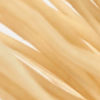
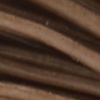
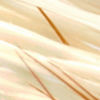
)



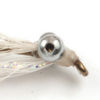
)

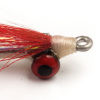

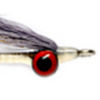
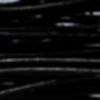
)

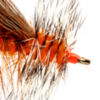
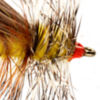

)
)
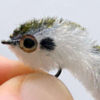


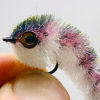
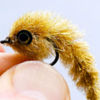
)
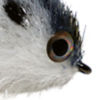




)
)
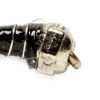
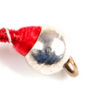
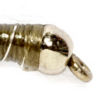
)
)


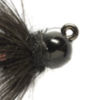
)

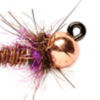
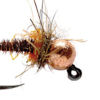
)
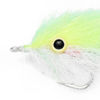


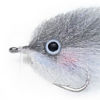

)
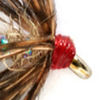
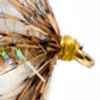

)
)
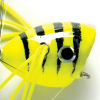




)


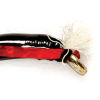
)

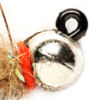
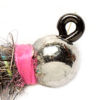
)
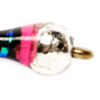
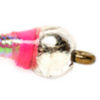
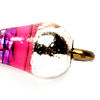
)


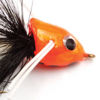
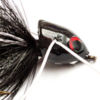

)
)

